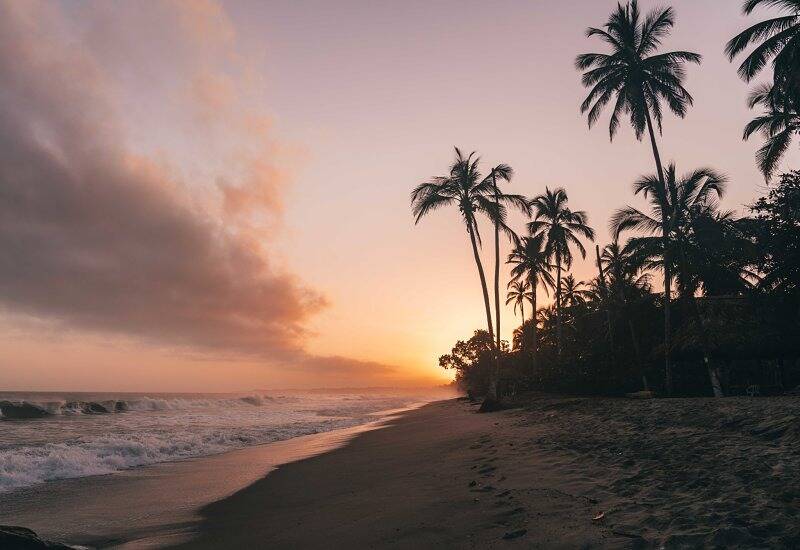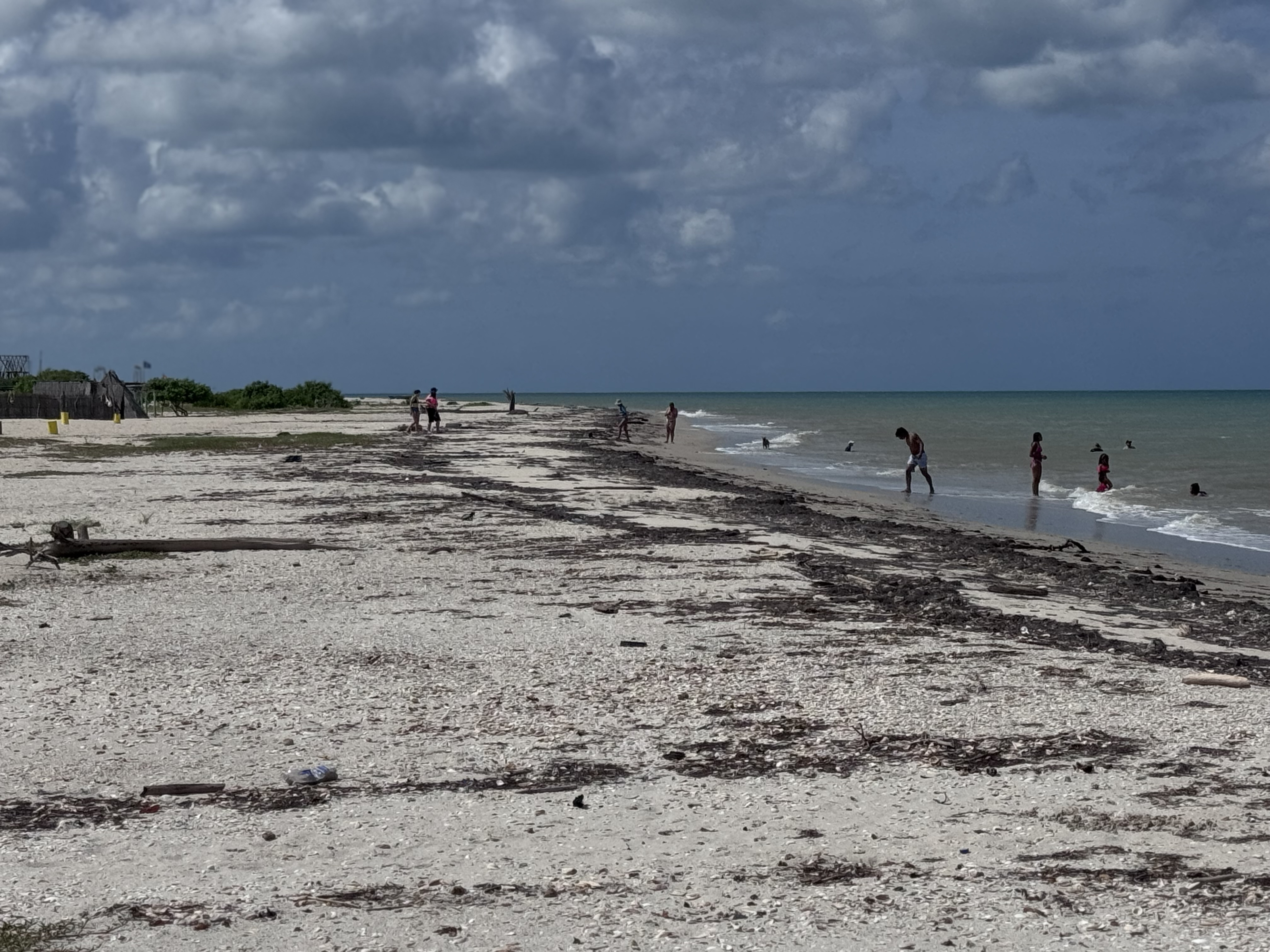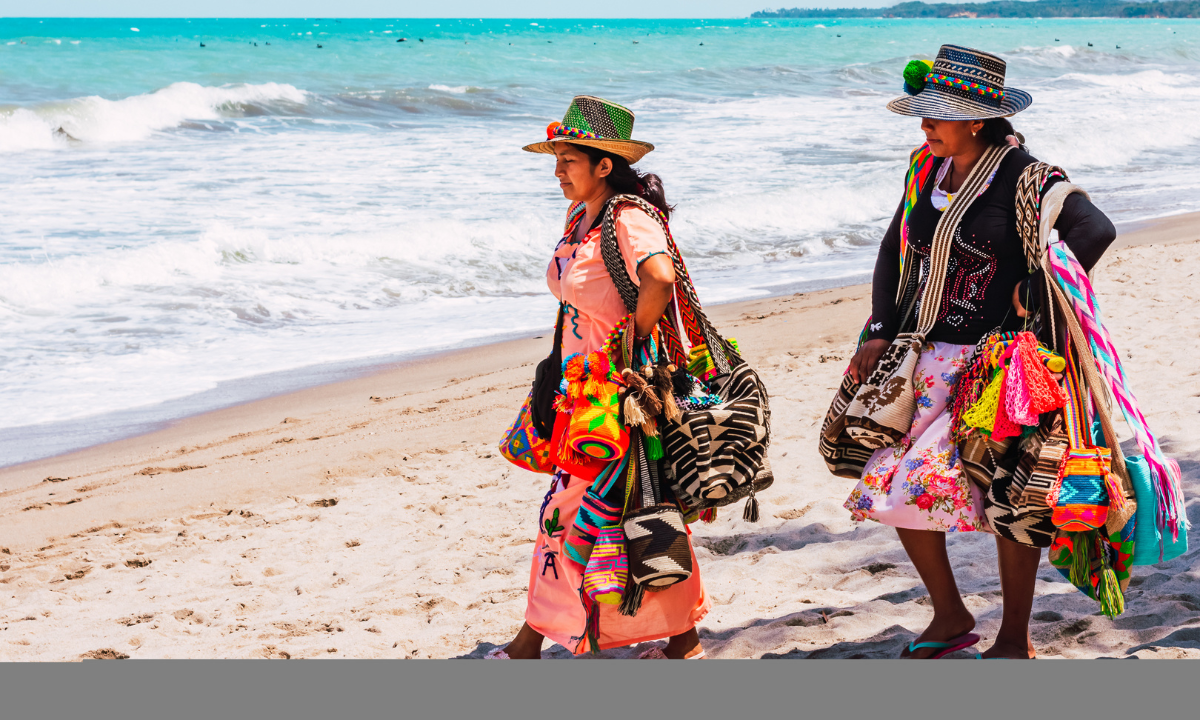Mayapo, La Guajira: Colombia's Dead Sea; a guide to discovering its landscapes, sports, and traditions

Just 40 kilometers from Riohacha, La Guajira, on the road that leads to the municipality of Manaure, lies Mayapo , a coastal strip of the Colombian Caribbean that has established itself as one of the most unique natural settings in the country.
This area, located in the department of La Guajira, is distinguished not only by the strength of its winds, but also by its cultural, ecological, and sporting richness.

La Guajira Photo: Riviera project
Mayapo Beach, located about 30 minutes by land transport from the capital of La Guajira , has sparked both national and international interest due to the exceptional conditions it offers for kitesurfing, an extreme sport that depends on wind speed.
Mayapo is characterized by a constant wind pattern throughout most of the year, making it a benchmark for water sports enthusiasts and professionals.
Near the coastal area is also the Mayapo Lagoon, a brackish body of water that borders the sea and, in times of drought, transforms into a vast salt flat.
During the rainy season, the water level rises and the salt deposits dissolve, creating a changing landscape that's striking in its rarity and beauty. In this environment, kitesurfers take advantage of the dense water, which facilitates high-speed surfing.

Kitesurfing, a sport that brings together enthusiasts in Mayapo. Photo: Courtesy of the Atlantic Governor's Office Communications
But Mayapo isn't just wind and sea. The surrounding area is home to indigenous Wayuu communities, renowned for their colorful backpacks and handwoven crafts. Along the beach, it's common to find stalls where women of this ethnic group sell their products, preserving a tradition that has been part of their ancestral livelihood.
Another distinctive element of the Mayapo ecosystem is its rich fauna. Colonies of pink flamingos have been recorded in the area, moving along the coastal strip in search of food and rest.

Views of the Mayapo beaches from the Maliiwala shelter. Photo: Camilo Peña
These birds, native to saline habitats, make the site a destination of interest for birdwatchers and biologists , who highlight the presence of species that are usually only found in specific ecosystems in the hemisphere.
Accessibility is one of the factors that has facilitated the arrival of visitors. From the Riohacha Market Square, you can take an intercity bus to Mayapo. The approximately 17-kilometer journey culminates in an area that seems suspended between the sea, the desert, and the salt.
Mayapo, with its turquoise sea, ever-changing salt flats, and constant wind, represents one of the most unique landscapes in northern Colombia. A place where liquid and solid coexist, and where Wayuu tradition and extreme sports share the same stage.

One of the most representative customs of this community is its artisanal production. Photo: iStock
Colombian tourism websites include the following recommendations for traveling to this beach:
- Sunscreen and sunglasses
- A thermos, a hydration pack, or something to carry water. This helps us avoid drinking bottled water.
- A small towel to take to activities
- Personal hygiene items.
- Identity documents and health insurance.
- Hat or hat with neck flap or cap or hiking cap for greater coverage.
- Comfortable clothing and comfortable, easy-drying shoes, and if they are comfortable sandals that hold well.
- Yellow fever vaccination, tetanus vaccination. Vaccinations for hepatitis A, hepatitis B, typhoid fever, MMR, and diphtheria-tetanus are also recommended.
LATEST NEWS EDITORIAL.
eltiempo





